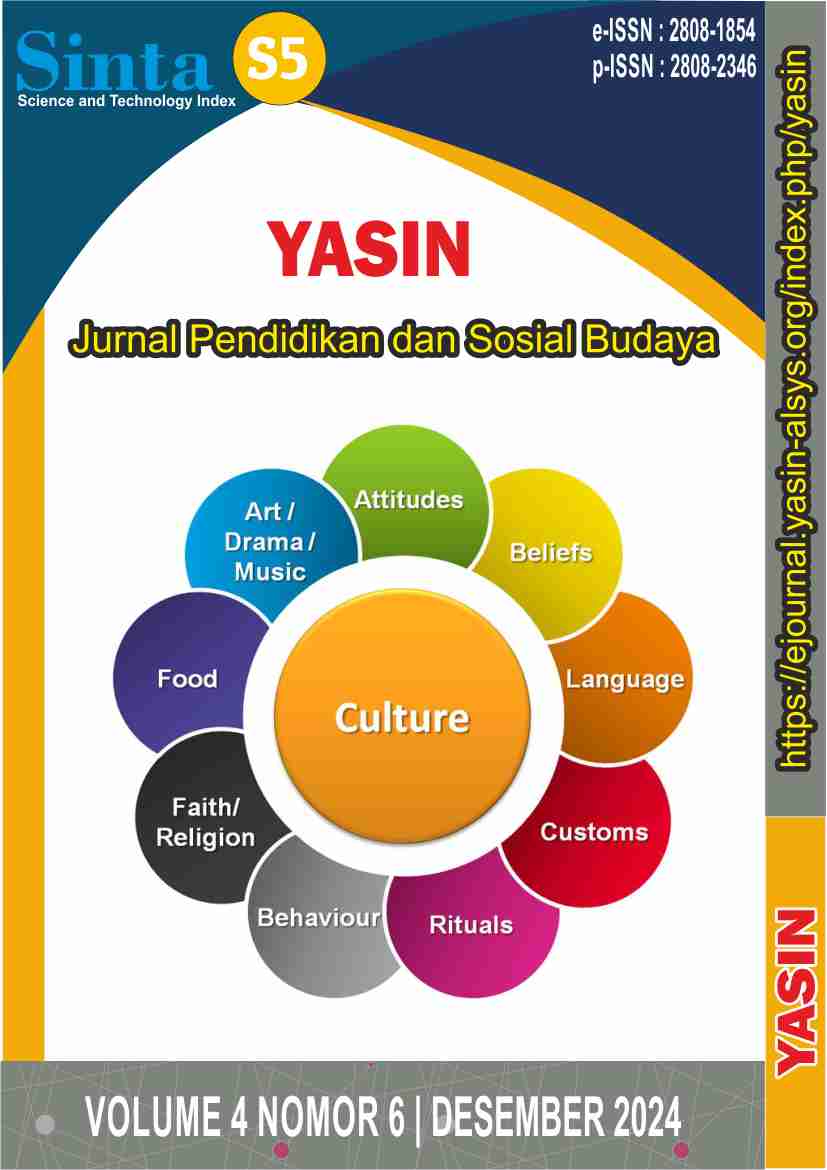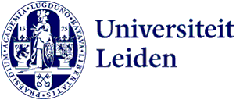Komparasi Metode Fuzzy Logic dengan Weigthed Overlay dalam Analisis Kesesuaian Lahan untuk Tanaman Gaharu di Kecamatan Koto VII Kabupaten Sijunjung Comparison of Fuzzy Logic and Weighted Overlay Methods in Land Suitability Analysis for Agarwood Plants in Koto VII District, Sijunjung Regency

Main Article Content
Abstract
Agarwood plants are non-timber forest products (NTFPs) which are used as a plant with high economic value by using the forest as a place to grow. Koto VII sub-district is one of the areas that has customary forests or nagari forests where full management rights are given to the community. Research objectives (1). To determine and map the suitability of agarwood plantation land in Koto VII District, Sijunjung Regency using the Fuzzy Logic method. (2). To determine and map the suitability of agarwood plantation land in Koto VII District, Sijunjung Regency using the Weighted Overlay method. (3). To find out an accurate comparison of land suitability levels for agarwood plants in Koto VII District, Sijunjung Regency using the Fuzzy Logic method and the Weighted Overlay method. Descriptive quantitative research method with data presented through tables and maps, calculations referring to the results of analysis for land suitability and accuracy tests of both data analysis methods.This research uses quantitative research methods to analyze the suitability of agarwood plant land in Koto VII District. The results of this study are the suitability of land for agarwood plants using the fuzzy logic method with a very suitable class with an area of 9.899,49 Ha. Then the class is quite suitable with an area of 6.092,34 Ha and the class is not suitable with an area of 71.82 Ha. While the analysis of land suitability with the weighted overlay method is a fairly suitable class with an area of 7.761,64 Ha, then a very suitable class of 6.051,30 Ha and an unsuitable class of 2.250,80 Ha. For the accuracy test of the two methods used as land suitability analysis, it is known that the level of accuracy of data analysis with the fuzzy logic method field sample is 86% while the weighted overlay method is 83%, this shows that the more accurate analysis results with field samples are fuzzy logic methods with a difference of 3% higher accuracy results than weighted overlay.
Downloads
Article Details

Authors retain copyright and grant the journal right of first publication with the work simultaneously licensed under a Creative Commons Attribution-NonCommercial-ShareAlike 4.0 International License that allows others to share the work with an acknowledgement of the work's authorship and initial publication in this journal.
References
Agroforestry Component In Bangladesh: A Review. University of Sylhet, Bangladesh.
Ahyuni. (n.d.). Penggunaan Fuzzy Logic untuk Kesesuaian Lahan.
Ali, & Kashem. (2019). An overview on growth and development of agar plant (Aquilaria malaccensis Roxb) through management practices in Bangladesh. International Journal of Research in Agriculture and Forestry, 6(7).
Arsyad, S. (2000). Konservasi Tanah dan Air. IPB Press, Bogor: UPT Produksi Media Informasi, Lembaga Sumberdaya Informasi.
Buku Profil Gender Kabupaten Sijunjung Tahun 2019.
Chandra, R. K., & Rima, D. S. (2013). Mitigasi bencana banjir rob di Jakarta Utara. Institut Teknologi Sepuluh November, Surabaya.
Djaenudin, D., Marwan, H., Subagyo, H., & Hidayat, A. (2003). Petunjuk Teknis Evaluasi Lahan untuk Komoditas Pertanian. Balai Penelitian Tanah, Pusat Penelitian dan Pengembangan Tanah, Badan Penelitian dan Pengembangan Pertanian, Bogor.
Fahrunnisa, W. A., Andri, S., & Arwan, P. (2016). Pembuatan peta potensi lahan berdasarkan kondisi fisik lahan menggunakan metode weighted overlay. Jurnal Geodesi Undip, 5(2).
FAO. (1976). A Framework for Land Evaluation. FAO Soil Bulletin No. 32, Soil Resources Management and Conservation Service Land and Water Development Division, FAO-UNO, Rome.
Langenberger, G., et al. (2017). Rubber intercropping: A viable concept for the 21st century? Journal Agroforest Syst.
Master Plan Penelitian dan Pengembangan Gaharu Tahun 2013–2023. Kementerian Lingkungan Hidup dan Kehutanan, 2012.
Fauzi, M., et al. (2017). A review on the Malaysian Aquilaria species in karas plantation and agarwood production. International Journal of Academic Research in Business and Social Sciences, 7(4).
Naiola, P. (2010). Berita biologi. Jurnal Ilmu-Ilmu Hayati, 10(2). LIPI.
Pratiwi. (2010). Karakteristik lahan habitat pohon penghasil gaharu di beberapa hutan tanaman di Jawa Barat. Pengembangan Teknologi Produksi Gaharu Berbasis Pemberdayaan Masyarakat, Pusat Penelitian dan Pengembangan Hutan dan Konservasi Alam, Bogor.
Azren, P. S., et al. (2018). History and perspectives of induction technology for agarwood production from cultivated Aquilaria in Asia: A review. Journal of Forestry Research.
Permenhut Nomor P.35/Menhut-II/2007 tentang Jenis-Jenis Gaharu.
Permen LHK RI No. 9 Tahun 2021 tentang Pengelolaan Perhutanan Sosial, Ketentuan Umum Bab 1 Pasal 1.
Sidiyasa, K., & Suharti, S. (1998). Potensi jenis pohon penghasil gaharu. Prosiding Lokakarya Pengembangan Tanaman Gaharu, RLPS Dephut, Jakarta.
Sofyan, I., Rommie, J., & Yusni, I. S. (2010). Aplikasi sistem informasi geografis dalam penentuan kesesuaian kawasan keramba jaring tancap dan rumput laut di perairan Pulau Bunguran Kabupaten Natuna. Jurnal Perikanan dan Kelautan, 15(20), 111–120.
Sofyan, et al. (2011). Petunjuk Teknis Evaluasi Lahan untuk Komoditi Pertanian.
Sulistyo, & Turjaman, M. (2010). Pengembangan teknologi produksi gaharu berbasis pemberdayaan masyarakat sekitar hutan. Pusat Penelitian dan Pengembangan Hutan dan Konservasi Alam.
Sumarna, Y. (2002). Budidaya Gaharu. Seri Agribisnis, Jakarta: Penebar Swadaya.
Find the perfect home for your research! If this journal isn't the right fit, don't worry—we offer a wide range of journals covering diverse fields of study. Explore our other journals to discover the ideal platform for your work and maximize its impact. Browse now and take the next step in publishing your research:
| HOME | Yasin | AlSys | Anwarul | Masaliq | Arzusin | Tsaqofah | Ahkam | AlDyas | Mikailalsys | Edumalsys | Alsystech | AJSTEA | AJECEE | AJISD | IJHESS | IJEMT | IJECS | MJMS | MJAEI | AMJSAI | AJBMBR | AJSTM | AJCMPR | AJMSPHR | KIJST | KIJEIT | KIJAHRS |





















